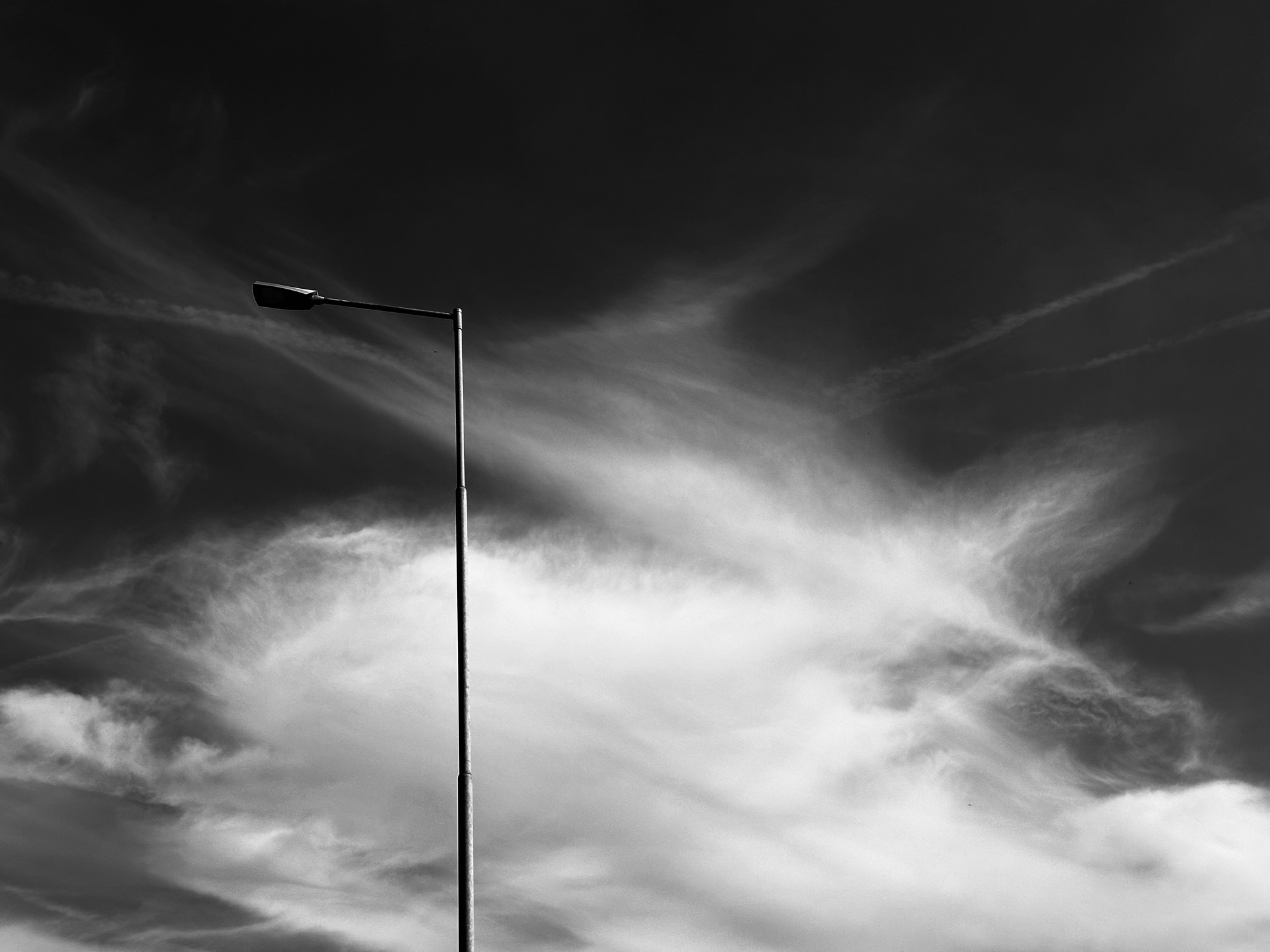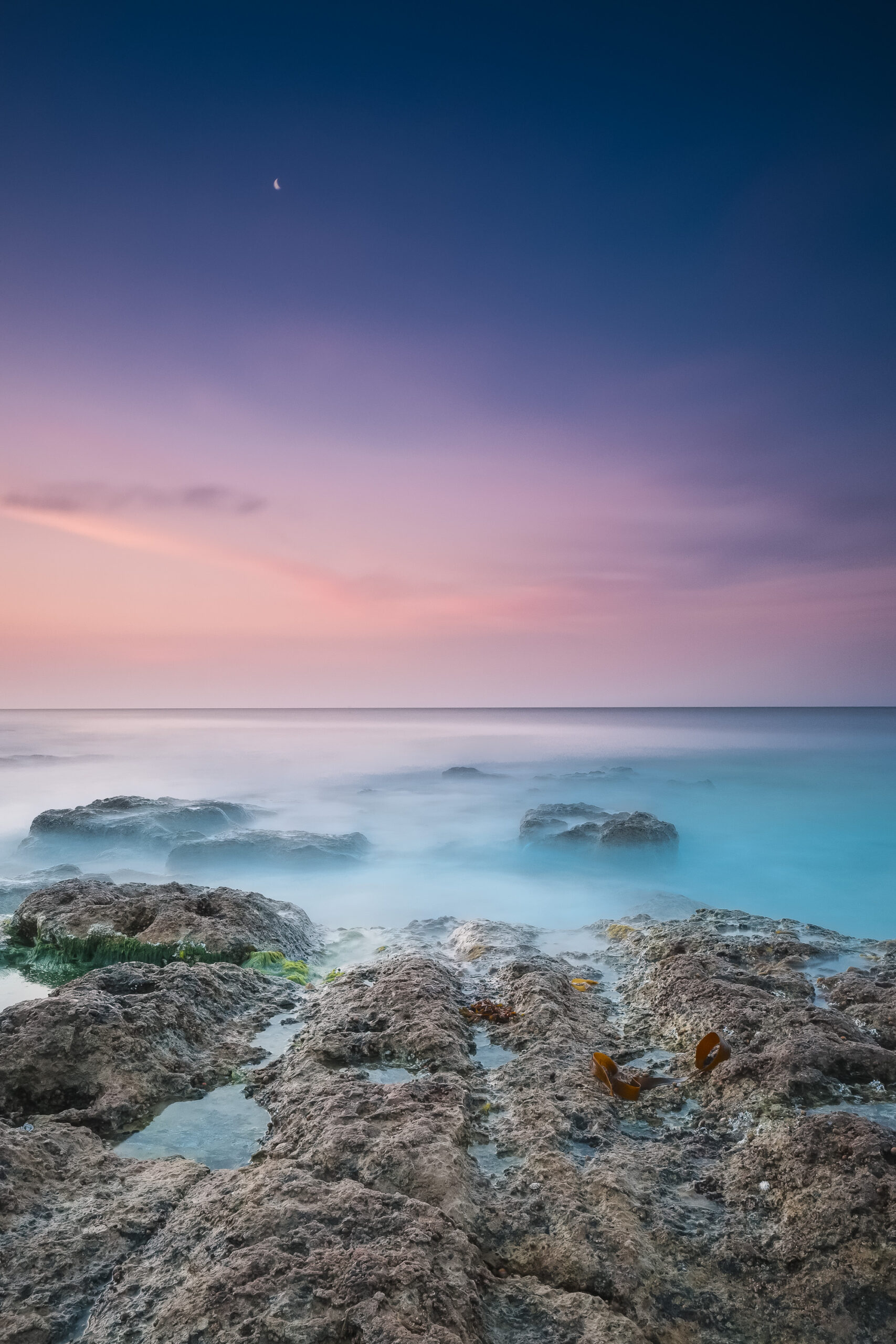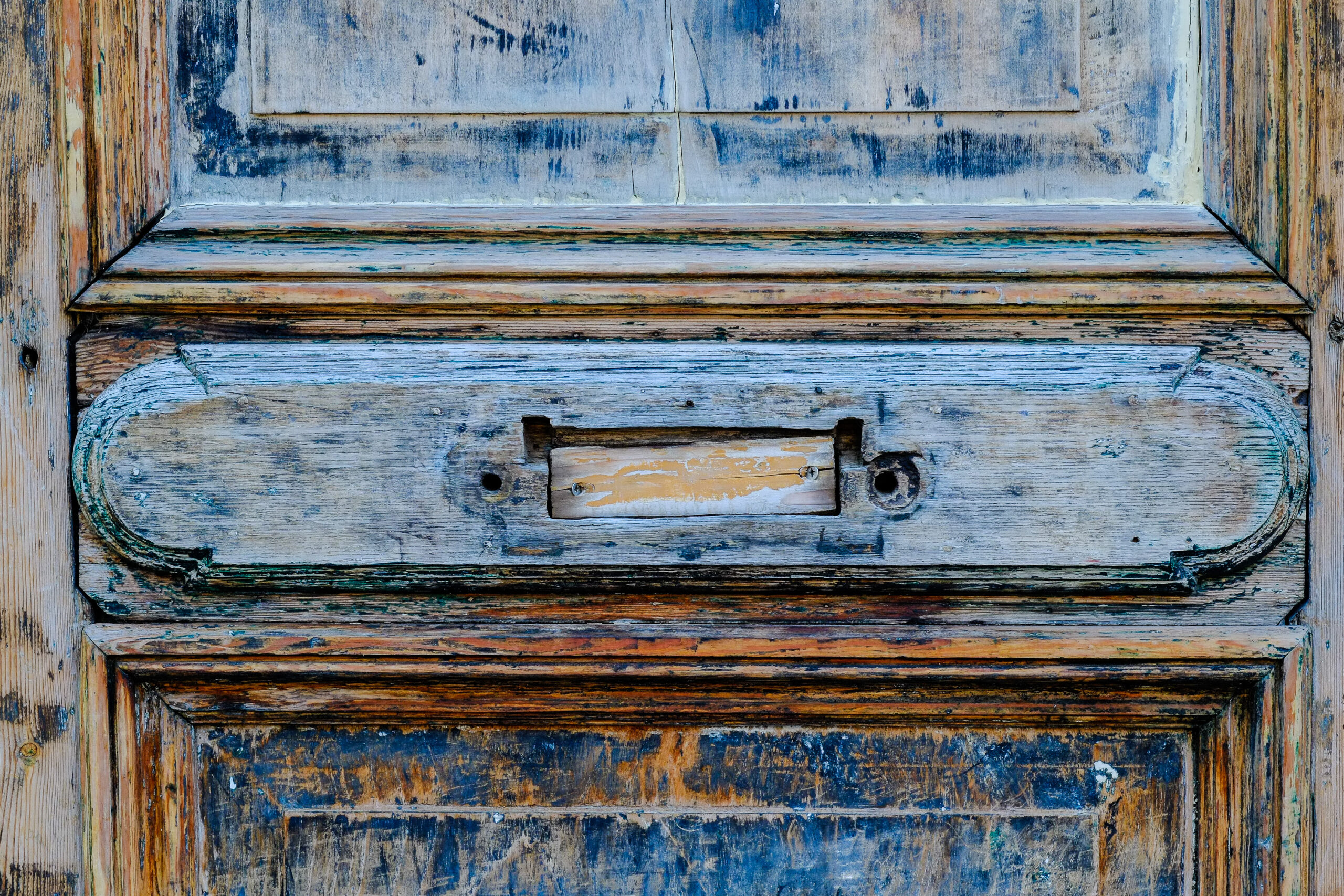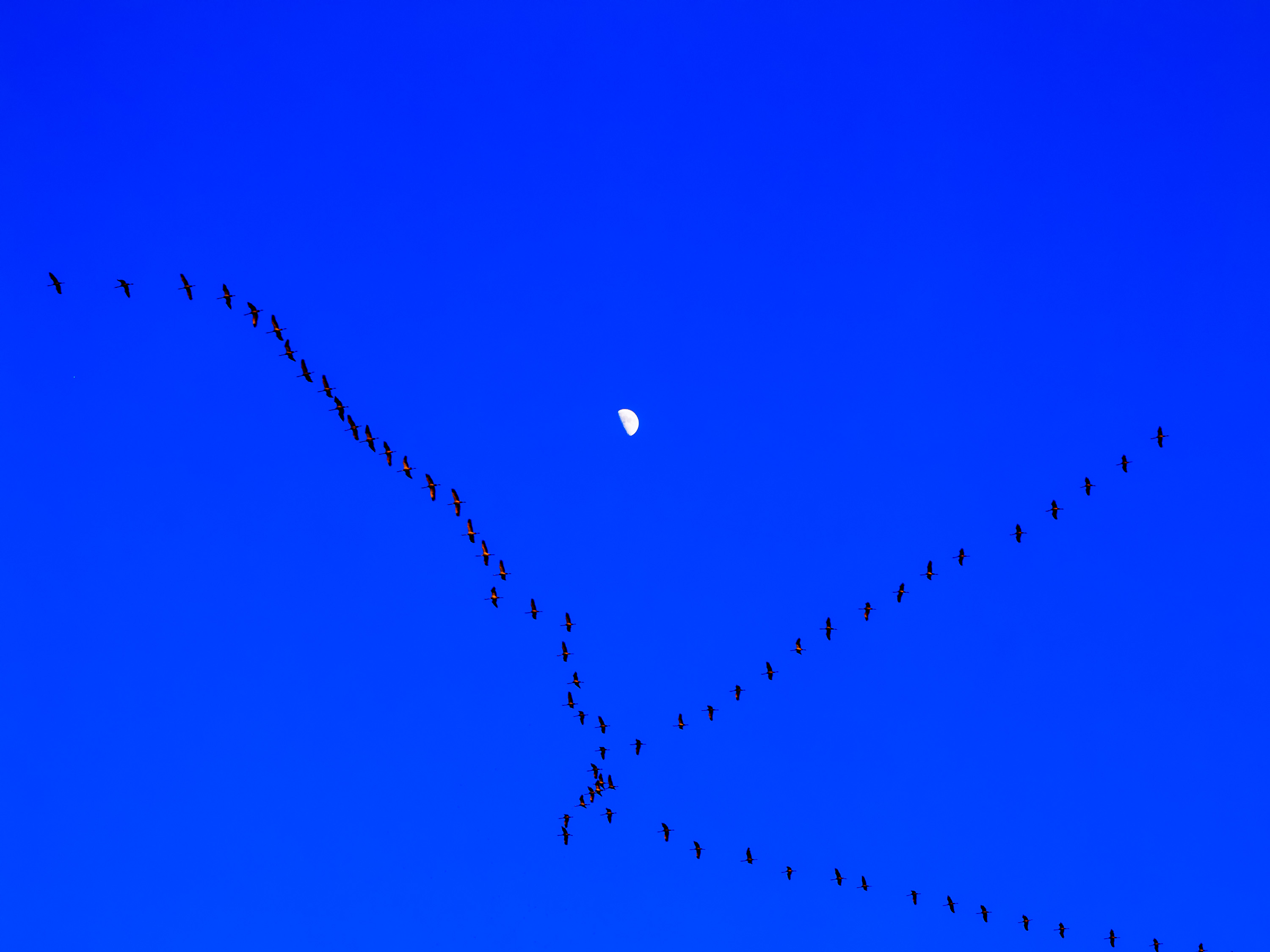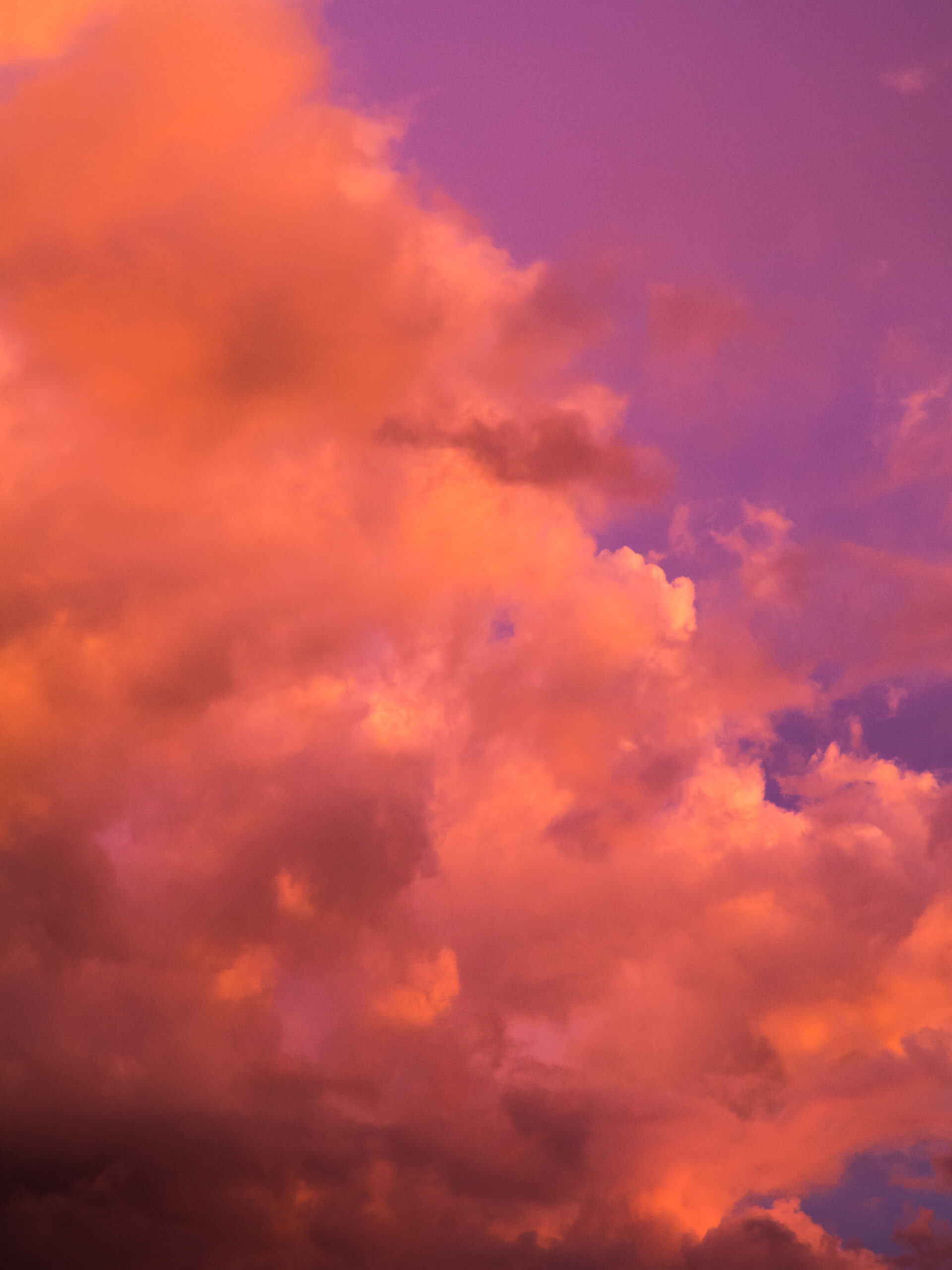Category: Life
-
Some Thoughts on Generative AI
Artificial Intelligence has been and will continue to be a great topic for this decade and the decades to come. Machines learn how to create content that we perceive being of high – or lets say – adequate quality, much faster than any human being could create this content. The consequences are both frightening and…
-
Love Your Pictures
Spend time with them, because they say a lot about who you are and why you made them in the first place. Learn from them, because they not only show what you like, but also show to you what you would like to improve. They are pictures, but also like mirrors to guide you a…
-
Sony World Photo Award 2016
I have just uploaded my images to participate in the Sony World Photo Award 2016. Easy enough, as participation is free. This is a good start in the photography year 2016 – I am already curious what is to come this year, what we will see and which pictures I will get done. I have…
-
Gratitude
There are many reasons to be grateful for the past twelve month. Thinking about 365 amazing days, far beyond anything that the average human being can expect on this planet, I can only be thankful for the life I am allowed to experience. My family and me, we have plenty to eat and drink –…
-
To the Sea
Looking back at older photographs of mine, I sometimes wonder what I was thinking when I made those shots. Not only that the technique I used was far from perfect, but sometimes I am astonished why the heck I made this shot at all. Today, I wold either not make it, or I would choose…
-
Soul
If there is one thing that we – as human beings – discussed for centuries and still elude to get the answer, it is the question: What is the soul? Everybody has some idea about it. Sometimes we know it is there. Sometimes we feel ist is missing. Interesting enough, we associate it primarily with living beings.…
-
The Magic of the Print
Theoretically, with today’s technology in screen based presentation of picturse, you could say that quality has evolved to the point that you may no longer need to print out anything anymore. Resolution, color reproduction and ease of use have come to a point that what you see on screen has a physical quality, that may…
-
De – Cision
The German language has a different word here: Entscheidung. The German word Scheidung means to separate something. We also have the phrase Scheiden tut weh – it hurts to be separated (from someone or something). So if we say Entscheidung, it actually means something good. We end an inner separation, we bring together the things,…
-
Miracle
Life is a miracle. If you think about the sometimes very destructive mechanisms forging the universe, the chance that something as beautiful as a birch tree in the evening light even exists is diminishing low. Anyway – the physical universe does not know beauty. Life knows beauty. Human beings know beauty. And yet, here we…

